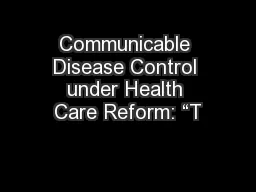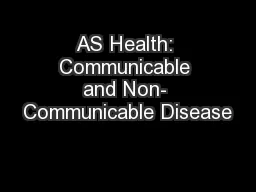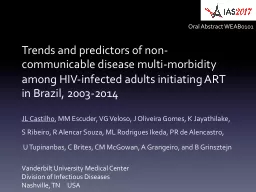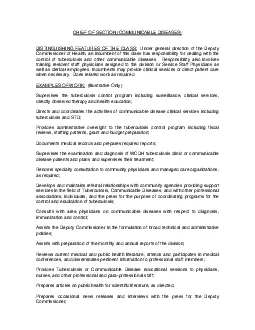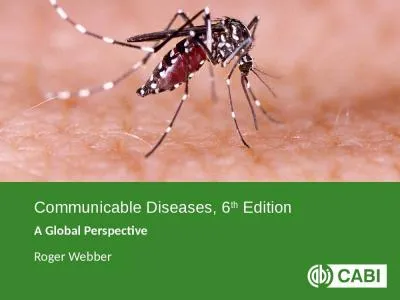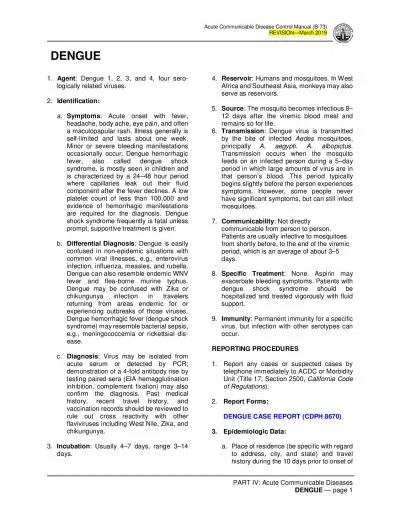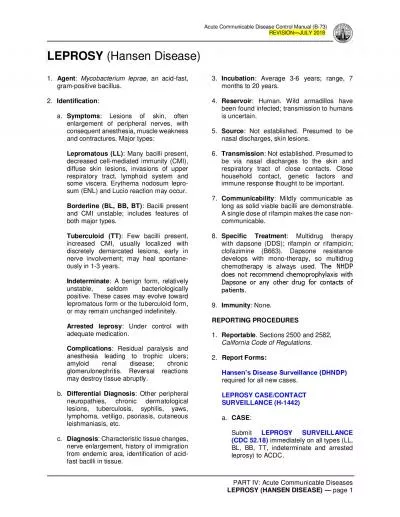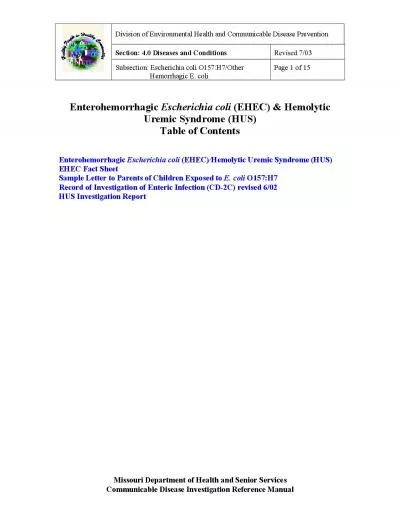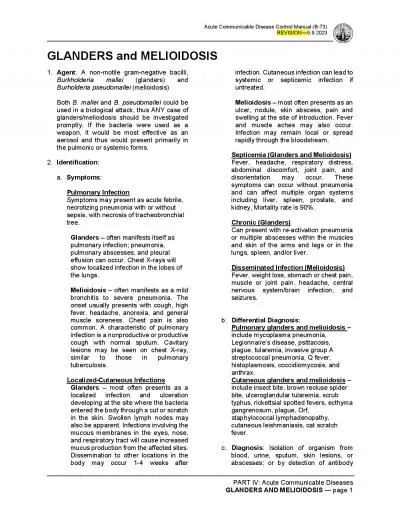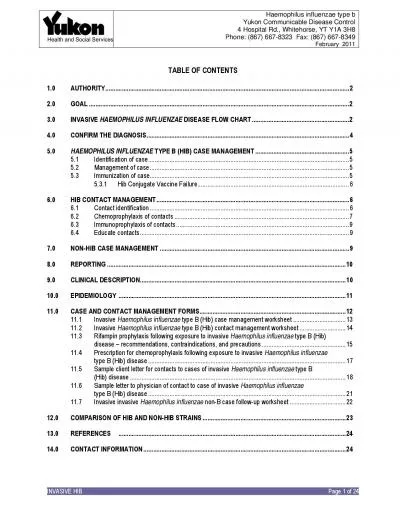PPT-Communicable Disease Control under Health Care Reform: “T
Author : calandra-battersby | Published Date : 2016-06-11
Patrick Chaulk MD MPH Acting Deputy Commissioner for Disease Control Baltimore City Health Department DHMH TB Control and Prevention Annual Update March 20 2014
Presentation Embed Code
Download Presentation
Download Presentation The PPT/PDF document "Communicable Disease Control under Healt..." is the property of its rightful owner. Permission is granted to download and print the materials on this website for personal, non-commercial use only, and to display it on your personal computer provided you do not modify the materials and that you retain all copyright notices contained in the materials. By downloading content from our website, you accept the terms of this agreement.
Communicable Disease Control under Health Care Reform: “T: Transcript
Download Rules Of Document
"Communicable Disease Control under Health Care Reform: “T"The content belongs to its owner. You may download and print it for personal use, without modification, and keep all copyright notices. By downloading, you agree to these terms.
Related Documents

